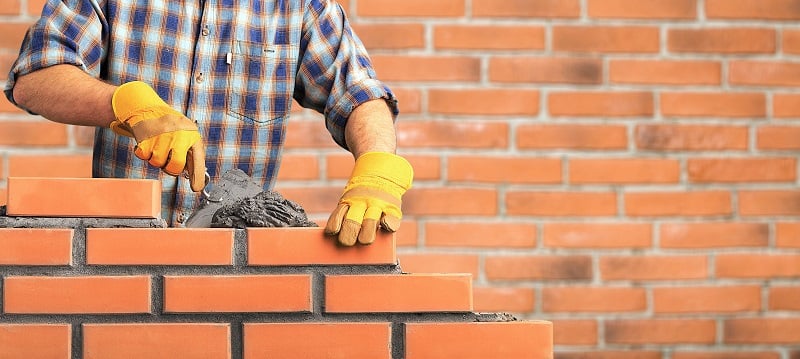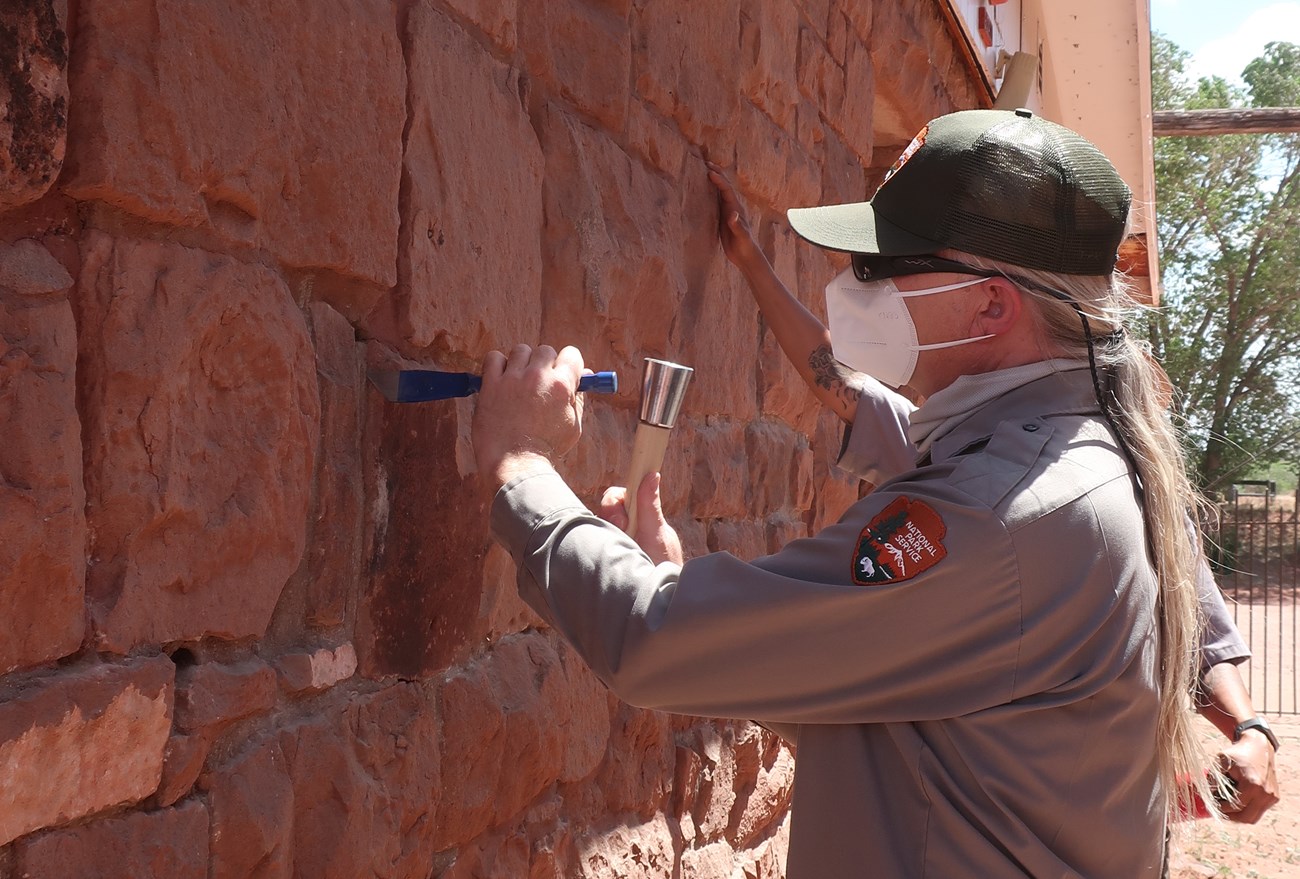Chimney Flashing and Cap Repair: Secure Your Home from Elements
Wiki Article
Opening the Secrets of Sustainable Stonework Construction Practices for Eco-Friendly Structures
Amongst the myriad strategies to environmentally friendly structure, sustainable masonry construction stands out as a reliable and resilient method that holds a riches of untapped capacity. From the selection of materials to ingenious construction methods, the secrets to achieving sustainability within masonry building and construction are complex and interesting.Benefits of Lasting Stonework Construction
Welcoming sustainable masonry building and construction techniques not only reduces environmental influence yet also supplies long-lasting economic benefits to building contractors and areas. By making use of materials like recycled bricks, obstructs, and stones, home builders can significantly reduce the carbon impact of their jobs while advertising resource performance. Additionally, lasting masonry building techniques, such as proper insulation and thermal mass buildings, can improve energy effectiveness within structures, causing minimized functional costs over time.Additionally, the longevity and resilience of masonry frameworks add to long-term financial benefits. Structures created making use of sustainable stonework methods commonly call for less upkeep and repair service, equating to set you back savings for home builders and property owners. The long life of masonry materials also makes certain that frameworks remain secure and secure, reducing the demand for frequent remodellings or substitutes.
Eco-Friendly Masonry Products
Making use of eco-friendly masonry materials is a crucial action towards improving the sustainability of building and construction methods and minimizing environmental effect while making the most of long-term financial advantages. Lasting masonry materials are sourced, generated, and made use of in a fashion that decreases overall environmental impact. Lasting concrete obstructs include recycled aggregates and may feature enhanced insulation homes, contributing to energy performance in structures.Additionally, natural products like adobe, rammed planet, and straw bundles provide excellent thermal mass residential properties, decreasing the need for heating and cooling energy. These materials are commonly locally offered, promoting regional economies and reducing transportation-related carbon exhausts. By choosing eco-friendly stonework products, construction projects can substantially reduce their ecological impact and contribute to the production of much healthier, more lasting built atmospheres.
Energy-Efficient Stonework Methods
Power performance plays an essential role in boosting the sustainability of stonework building methods. One vital energy-efficient stonework technique is the usage of thermal mass, which includes incorporating thick products like concrete or block right into the structure's structure to soak up and save warm.
Developments in Lasting Masonry
Recent innovations in sustainable masonry practices have produced cutting-edge methods that are improving the construction market. One such innovation is the advancement of self-healing concrete, which utilizes bacteria installed within the concrete to heal fractures autonomously. This innovation not only decreases magnetic concrete stamps upkeep prices but also improves the resilience of masonry frameworks, adding to their sustainability.
One more remarkable innovation is the usage of recycled accumulations in stonework building and construction - masonry contractor. By incorporating materials such as smashed ceramic waste or recycled glass right into concrete blends, contractors can decrease the ecological impact of building jobs while maintaining architectural stability. This practice not just diverts waste from garbage dumps however additionally preserves all-natural sources, making it a key development in sustainable masonry construction
Additionally, the combination of electronic layout devices, such as Structure Info Modeling (BIM), is changing the means stonework frameworks are intended and built. BIM permits even more specific estimations, reduced product wastefulness, and boosted power performance, eventually bring about even more lasting structure methods. These advancements jointly indicate an encouraging future for lasting stonework construction in the age of green structures.
Future Trends in Stonework Sustainability
With the ingenious strides made in sustainable stonework methods, the future patterns in masonry sustainability are poised to further transform the construction industry. Among the vital patterns shaping the future of masonry sustainability is the enhanced combination of technology. Advancements such as Building Details Modeling (BIM) and digital truth simulations are being utilized to maximize masonry construction procedures, leading to lowered material waste and improved power efficiency in structures.Moreover, the development of unique sustainable materials is established pop over to these guys to play a considerable function in enhancing the eco-friendliness of stonework construction. masonry contractor. Technologies like self-healing concrete, recycled aggregates, and bio-based binders are getting traction for their capability to minimize ecological effect while keeping structural stability

Final Thought
To conclude, sustainable masonry building practices use numerous benefits for environment-friendly structures. By using eco-friendly materials and energy-efficient strategies, masonry can add to a much more sustainable built environment. Technologies in lasting stonework are constantly being established to even more enhance the ecological efficiency of structures. Looking towards the future, the trend of masonry sustainability is anticipated to expand, bring about even more eco-friendly and energy-efficient construction techniques in the years ahead.Report this wiki page